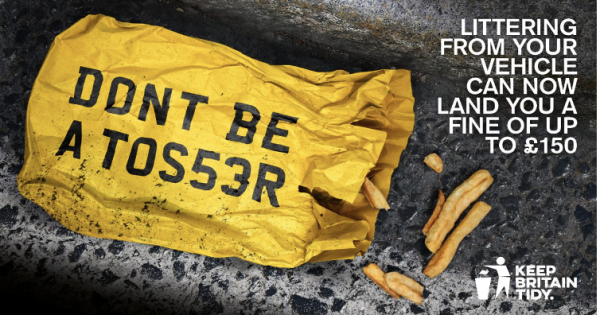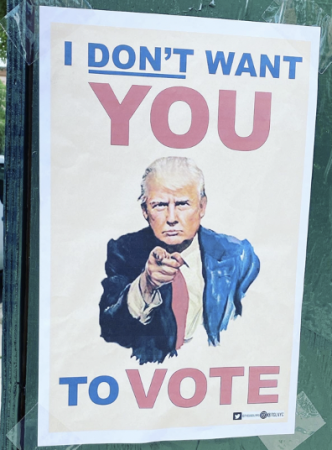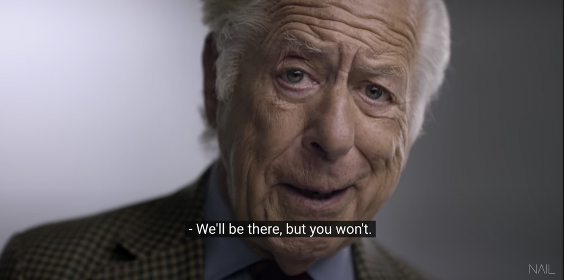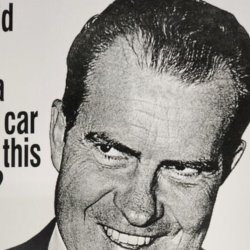Brexit, COVID, climate change — today’s big issues are deeply polarising. So, if you’re interested in persuasion, it’s worth understanding how we can bridge these chasms of opinion.
Perhaps the most widely used persuasion tactic is lecturing — hectoring the other side to change their view and bombarding them with the facts as you see them.
While this approach can feel satisfying for the communicator, it’s not remotely effective at changing behaviour. And this is down to an issue that psychologists call reactance. It’s the idea that when a person feels their freedom to decide is threatened, they experience an upsurge of resentment, which typically leads to noncompliance. It’s what we in the UK call “sheer bloody-mindedness”.
The evidence for this finding comes from a 1976 study by James Pennebaker and Deborah Yates Sanders, psychologists at the University of Texas.
They ran a study in a university building where the toilets were regularly vandalised, where they aimed to explore modes of effective persuasion. They put up 18 signs forbidding graffiti, using varying tones of voice — sometimes the signs were authoritarian, demanding that people changed their behaviour (“do NOT write on the walls!”); at other times, they were more polite (“please, do not write on the walls”).
The signs were rotated in two-hour intervals and at each changeover, the researchers checked for new graffiti in the toilets.
They discovered a different pattern of vandalism according to messaging: with authoritarian signage, there was on average one new piece of graffiti every two-hour period. With the polite control message, there was half as much. So, ordering people to change their behaviour had backfired.
There are a number of implications for this study
To begin with, it suggests you dial down overly aggressive communications. This is particularly relevant to government advertising which often adopts an authoritarian tone when addressing anti-social behaviour.
For example, have a look at the ad from Keep Britain Tidy below. Seen from the perspective of reactance, there is a genuine risk that this well-meaning message might make the situation worse.

But reactance isn’t just a bias to avoid. Smart communicators have harnessed reactance to encourage the behaviour that they want. For example, the ads below have tried to encourage voting by reminding people that some figures don’t want them to vote. It’s a piece of reverse psychology that might be familiar to many parents.

Application in practice: Don’t Vote Campaigns

However, there might be occasions when you feel that the topic that you’re dealing with is so serious you can’t risk condoning it with a soft tone. If that’s the case, then you might be interested in a nuance of the Pennebaker study.
Alongside varying the tone of the message, the psychologists also changed who the message came from. Sometimes the sign supposedly came from the chief of police, a high authority figure, sometimes the university grounds person, a low authority figure.
This variable also had a significant effect. There was twice as much graffiti — even greater reactance — when the order came from the high authority figure compared to the low authority figure. The full results can be seen in the table below. The psychologists argued that it was only when the message came from a high authority figure that a fear of losing control was aroused in the audience and they pushed back.

Results from Pennebaker and Yates’ (1976) study
So how can you apply this idea? Well, consider the latest ad from the Mayor of London that’s trying to stamp out male sexual violence.

It’s interesting as they’re tackling the problem obliquely. They’re trying to influence the peers of the perpetrator, rather than just the perpetrator. That means the restraining message will come from a low authority figure (i.e. the peer) rather than a high authority figure (i.e. the Mayor of London). According to Pennebaker’s study that might just boost the effectiveness.
Even though Pennebaker’s study is nearly fifty years old the findings are as relevant today as they were it was first conducted.
Astroten’s next workshop on applying behavioural science to marketing will be in September. Details here.































